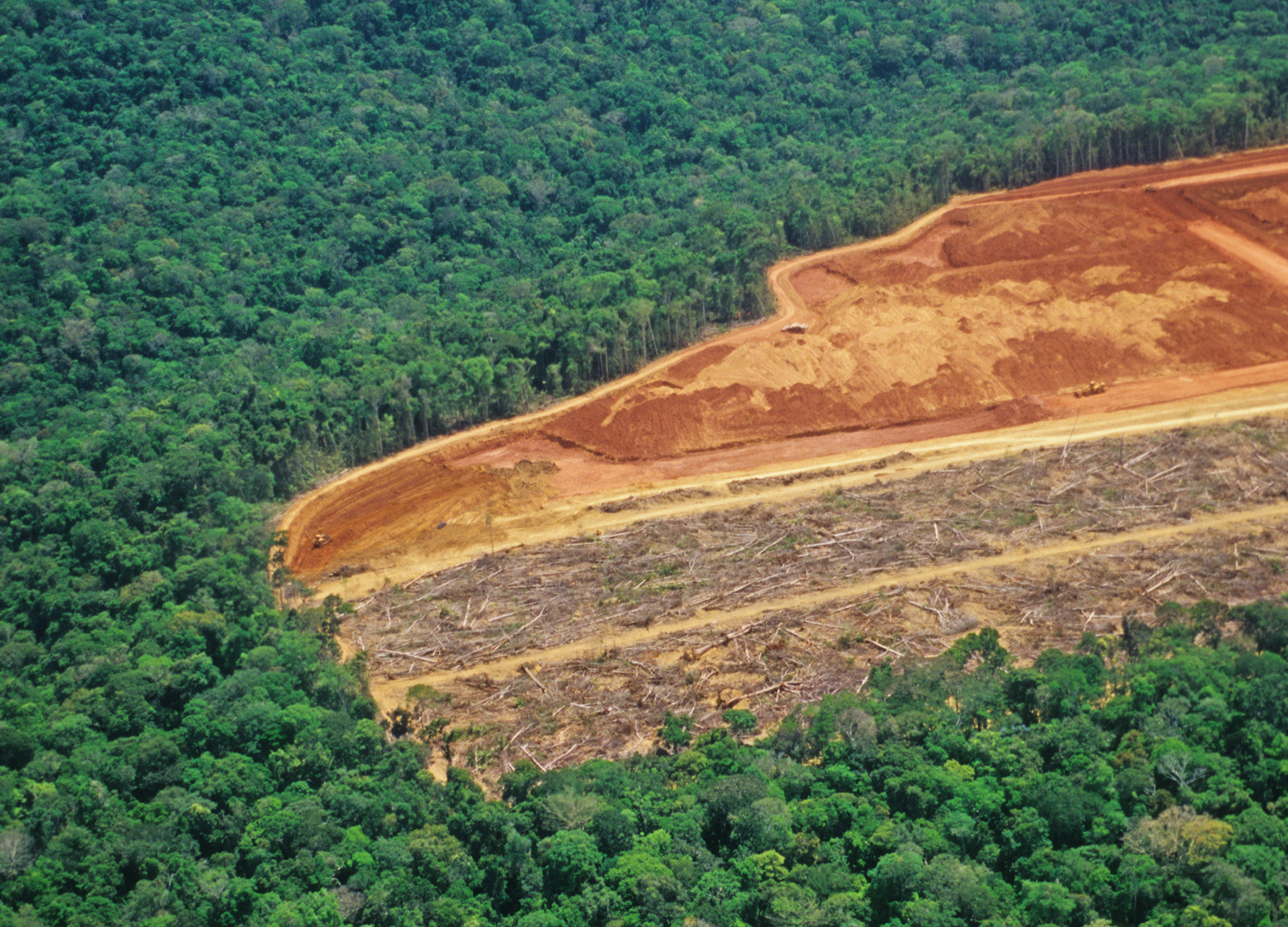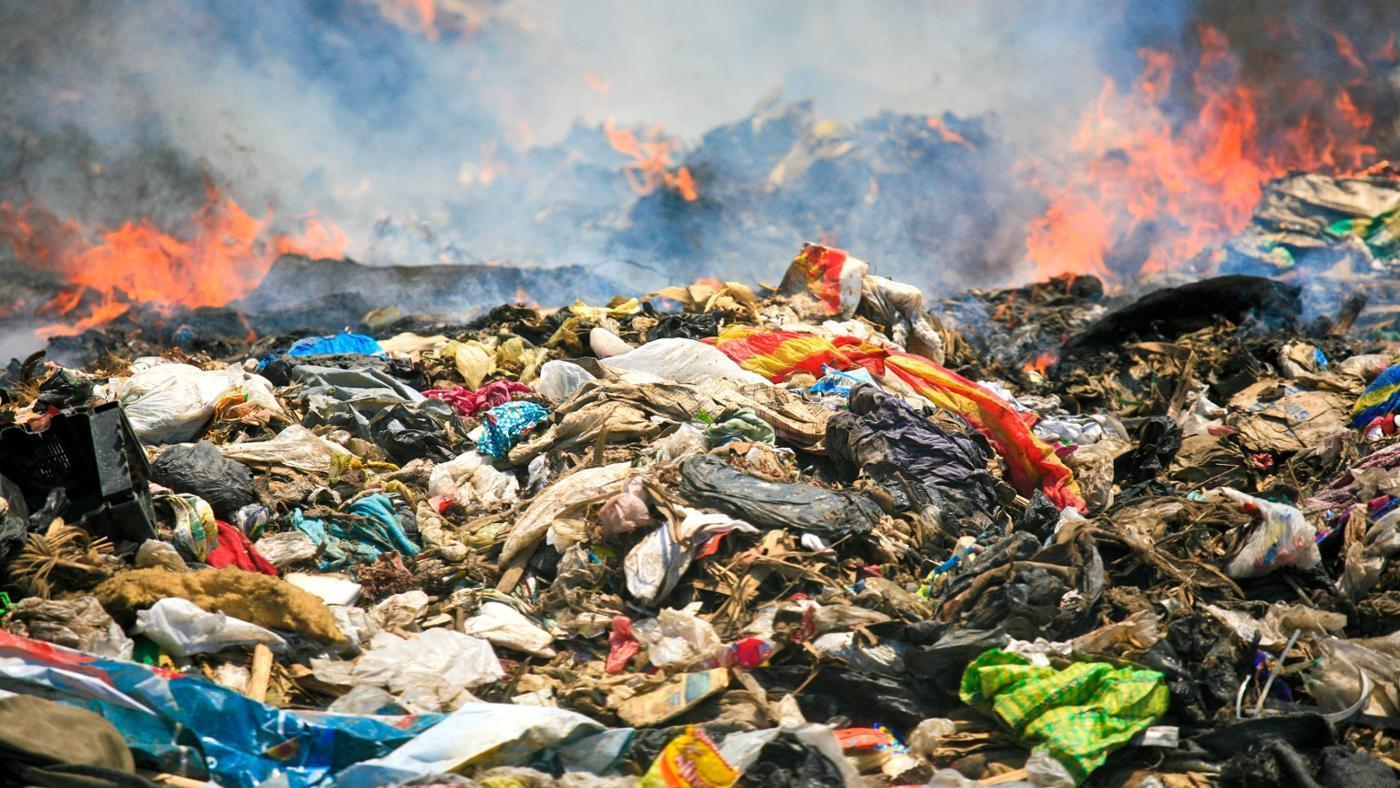Last Updated on June 3, 2024 by Annie Baldwin
Our relationship with the environment is a two-way street.
Just as the environment shapes human behavior and health, humans have been modifying the physical environment for thousands of years.
Let’s explore how humans shape the world around us.
How Do We Shape Our Environment?

Humans have been manipulating the physical landscape for millennia through activities like agriculture, irrigation, and construction.
More recently, factors like industrialization and capitalism have allowed humans to dramatically transform the environment on a global scale to meet our needs.
Key Points
- The environment influences human behavior, health, and lifestyle.
- Humans shape the environment through agriculture, development, and resource exploitation.
- There is a complex, reciprocal relationship between humans and the environment.
Our Opinion
While the environment shapes human societies, we have also demonstrated an incredible capacity to shape our surroundings.
However, we must be thoughtful about development and prioritize sustainability.
With care, we can meet our needs while preserving the environment for future generations.
How Do Humans Modify the Natural Environment?

When undertaking large development projects, humans physically shape the land by leveling it, digging, or removing longstanding structures. This holds true for every aspect of our environment, from the landscape we live to our homes, offices, and cities.
Some key ways humans modify the natural environment include:
- Clearing forests for agriculture or development
- Damming rivers and streams to store and divert water
- Leveling land to make it suitable for building
- Constructing roads, bridges, and transportation infrastructure
- Establishing new urban areas with buildings, houses, and factories
The cumulative impact of these changes over thousands of years has fundamentally altered ecosystems and landscapes worldwide. Humans now directly control over half of the planet’s land surface. Our modifications often lead to habitat loss, changes in water flows, and the introduction of invasive species. With large development projects, we must consider how best to shape our environment in a sustainable way.
What Are the Major Human Activities Impacting the Environment?

Humans engage in many activities that affect the natural environment, often with unintended consequences. Here are some major ways human behavior impacts the planet:
- Burning fossil fuels for energy and transportation, releasing greenhouse gases
- Converting natural areas into agricultural land, reducing biodiversity
- Overfishing oceans and waterways beyond sustainable levels
- Generating waste and pollution faster than it can be absorbed
- Depleting freshwater sources through overuse and contamination
These activities stem from fundamental human needs like food, shelter, and mobility. But with a growing global population, their scale now threatens critical Earth systems. For example, climate change from fossil fuel emissions increases temperatures, raises sea levels, and exacerbates extreme weather.
Solutions require transforming how we power our societies, feed ourselves, produce goods, manage waste, and conserve nature. This involves systemic changes to energy, transportation, food, manufacturing, and city systems. With care, innovation, and cooperation, we can meet our needs in ways that restore balance with the environment.
What Are the Consequences of Human-Caused Environmental Changes?
Human activities are altering Earth’s natural systems faster than ever before. The impacts of these rapid changes threaten human and ecological health on a global scale.
Climate change increases the frequency and severity of extreme weather events like storms, floods, droughts, and heatwaves. Melting glaciers and thermal expansion of the oceans are causing sea levels to rise, putting coastal cities and islands at risk.
Deforestation and land degradation are destroying wildlife habitats and reducing biodiversity. Pollution is contaminating air, water, and soil, harming ecosystems. Overfishing has depleted fish stocks and damaged marine food webs.
These planetary changes jeopardize resources that societies depend on like food, water, and natural materials. They also increase risks of infectious diseases, respiratory illness, malnutrition, and mental health issues.
Urgent action is required to mitigate human impacts and build resilience to unavoidable changes. This involves transitioning to renewable energy, sustainable agriculture, ecosystem restoration, waste reduction, and conservation of nature. With wise stewardship, we can preserve Earth’s ability to support prosperous human civilization.
How Can We Reduce Our Environmental Footprint?
There are many ways we can reduce our environmental footprint and live more sustainably. Here are some ideas:
- Conserve energy – Insulate your home, switch to LED lights, install solar panels, and turn off lights and electronics when not in use.
- Conserve water – take shorter showers, fix leaks, and install water-efficient appliances and fixtures.
- Reduce waste – refuse single-use plastics, carry a reusable water bottle and coffee cup, compost food scraps, and donate or recycle instead of throwing things away.
- Eat less meat and dairy – reduce your carbon footprint by eating more plant-based foods.
- Buy secondhand – shop at thrift stores and garage sales instead of buying new.
- Drive less – walk, bike, carpool or take public transport when possible.
- Fly less – consider staycations and local destinations to reduce your carbon emissions.
Making small changes in our daily habits can significantly lower our environmental impact over time. We can also support companies and politicians that are taking steps to operate sustainably and address climate change.
Transitioning to a low-carbon lifestyle protects nature and leaves a healthier planet for future generations. With collective action, we can build zero-waste communities that live in balance with the Earth’s resources.
What Is the Role of Environmental Policy and Law?
Environmental policy and law play a critical role in protecting the planet. They set standards and regulations for how individuals, businesses, and governments should treat the environment.
Some of the key functions of environmental policy and law include:
- Establishing protected wilderness areas and national parks to conserve biodiversity.
- Regulating air and water pollution through permits, monitoring, and enforcement.
- Restricting activities that damage ecosystems and deplete natural resources.
- Requiring environmental impact assessments for large development projects.
- Promoting renewable energy, energy efficiency, and sustainable waste management.
- Banning or restricting toxic chemicals that persist in the environment.
- Providing incentives for businesses and consumers to adopt green practices.
Environmental laws such as the Clean Air Act, Clean Water Act, and Endangered Species Act in the United States have significantly improved air and water quality while protecting wildlife.
Continued progress requires robust environmental policies and regulations that are strictly enforced. It is also crucial that businesses, communities, and individuals take the initiative to protect the planet beyond what is legally mandated. With strong leadership, innovation, and collaboration, we can transition to an ecologically sustainable society.
FAQ
How Do People Shape the Environment?
Humans have been modifying the physical environment for thousands of years, altering land for agriculture and manipulating water sources to suit their needs. Under capitalism, individuals control and exploit nature’s resources for economic gain.
What Are Three Ways in Which the Environment Shapes Humans?
The climate and geography of a region impact available resources, health, and lifestyle. Exposure to natural light affects human mood and behavior. Foraging societies exhibit similar patterns in finding food, reproducing, and organizing social groups.
How do Human Beings Reshape and Create Their Own Environment?
When undertaking large development projects, humans physically shape the land by leveling it, digging, or removing longstanding structures. This holds true for every aspect of our environment.
Do We Shape the Environment or Does the Environment Shape Us?
Our environment constantly influences our lifestyle, decision-making, and interactions. At the same time, humans modify the physical landscape to suit their needs. There is a complex, reciprocal relationship.
Conclusion
The environment has a significant impact on us, shaping our behavior, health, and overall lifestyle. At the same time, humans have been modifying the physical environment for thousands of years to suit our needs. There is a complex, reciprocal relationship between humans and our environment. Ultimately, how do we shape our environment? Through agriculture, development projects, resource exploitation, and the built environment, humans have dramatically shaped the world around us.
